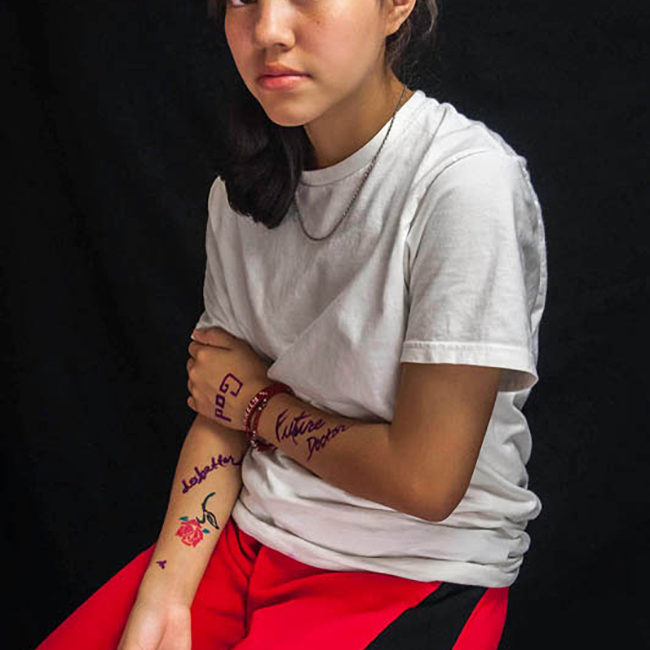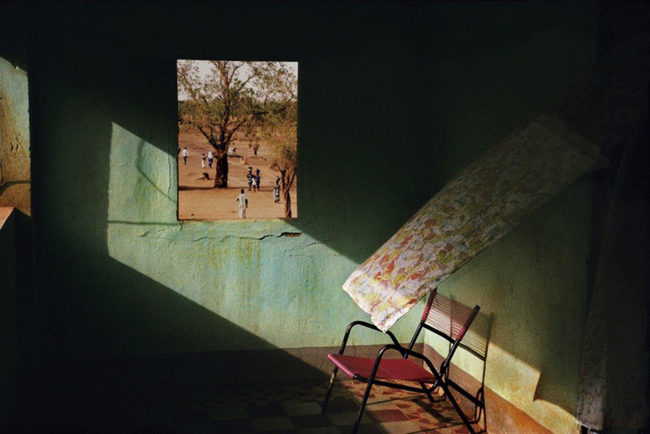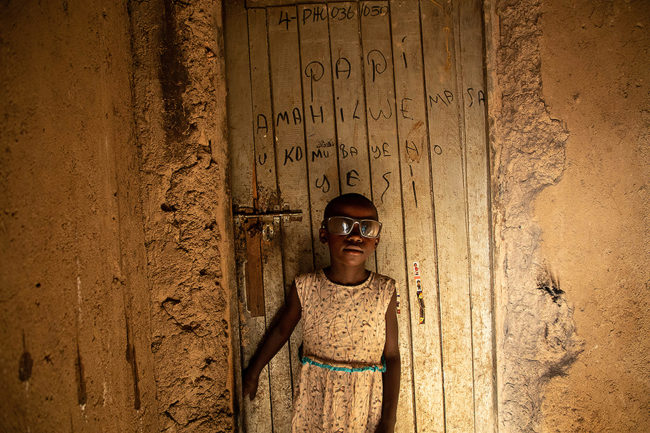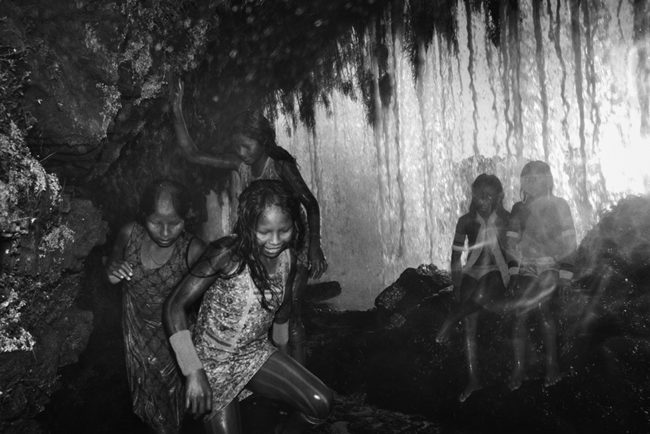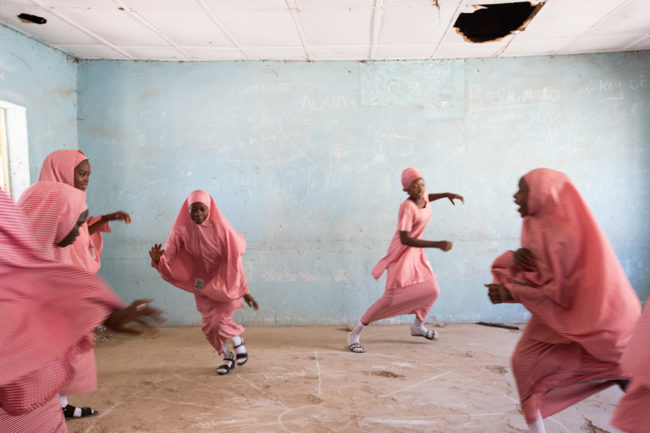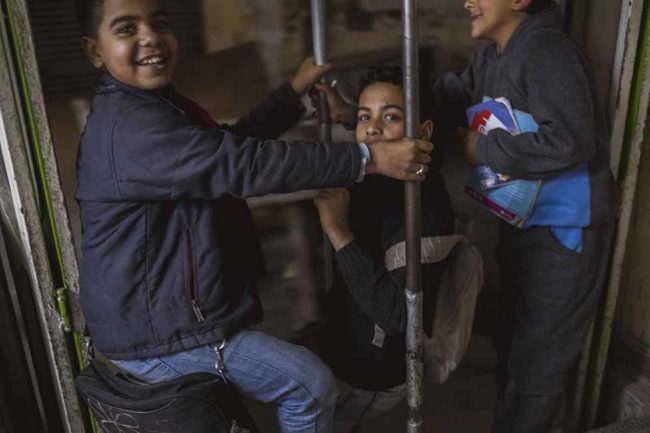For much of the last century, St. Albans, Queens was one of the few places in New York—along with Harlem and Brooklyn’s Bedford-Stuyvesant—where “an African American family can buy a home or start a business,” says Elias Williams, whose portrait of the place, “Finding the True Identity,” encompasses its rich history and complicated present. From the 1940s to the 1970s, St. Albans was home to black celebrities including James Brown, John Coltrane, Lena Horne, Billie Holiday and Jackie Robinson, as well a thriving African-American and Caribbean-American middle class. When Williams was growing up there decades later, his neighborhood was “very relaxed and welcoming,” he tells PDN. There was “a lot of togetherness and pride. Most people knew each other and helped in times of need. People took an enormous amount of care in the upkeep of their homes and businesses.”
But over time, the close-knit feeling of the neighborhood changed, as residents moved or passed away, and as Williams writes in a statement about the project, “this particular section of Queens…gained recognition as the ground zero of foreclosed homes in New York City.” But rather than focusing on the problems, Williams depicted the people and places he remembered from the neighborhood. When he showed the prints to his subjects, “They liked the idea that I’m not entirely focusing on the issues of foreclosure and unemployment…They’re happy that I’m focusing on the pride. I feel like that’s something that needs to be shown more in the mainstream media, especially when it comes to the African-American middle class,” he says.
Williams realized how little of the history of the place had been recorded when his local library could provide only a thin folder of material on St. Albans; what started as a personal project expanded to explore a broader historical meaning. His list of subjects grew from neighbors and family friends to include important members of the community he approached to photograph. “Through maturing and being a bit more socially and economically aware, it made me focus more on the greater meaning of making photographs in St. Albans,” he tells PDN. The result is a wide-ranging look at what feels like a small town set within New York City. His subjects include a barber, a florist, an activist working on his car in the driveway, a tennis coach at the only black-owned tennis club in the city. Other images show the elegant if fading homes where Joe Louis or Count Basie once lived, the facade of Nu-Clear Cleaners, made famous by A Tribe Called Quest, and Tudor houses and empty lots in various states of abandonment and repair.
Often lit by low afternoon light that imbues them with a tinge of sadness, the men and women in Williams’s images pose steadily, looking directly at the camera with a feeling that is serene but also stern. “I see [their pose] as dignified,” says Williams. “That’s usually the way they present themselves. I really do very little.” Four years into the project, Williams continues to build an overarching portrait of the place. “You have to show a little bit of the bad with the good and it’s important to have a balance.”
Related Stories:
Fighting to Keep a Texas Freedmen’s Town Free
The Great Recession: Foreclosure USA
The Year in Photography: John Moore on the Housing Crisis (for PDN subscribers; login required)
